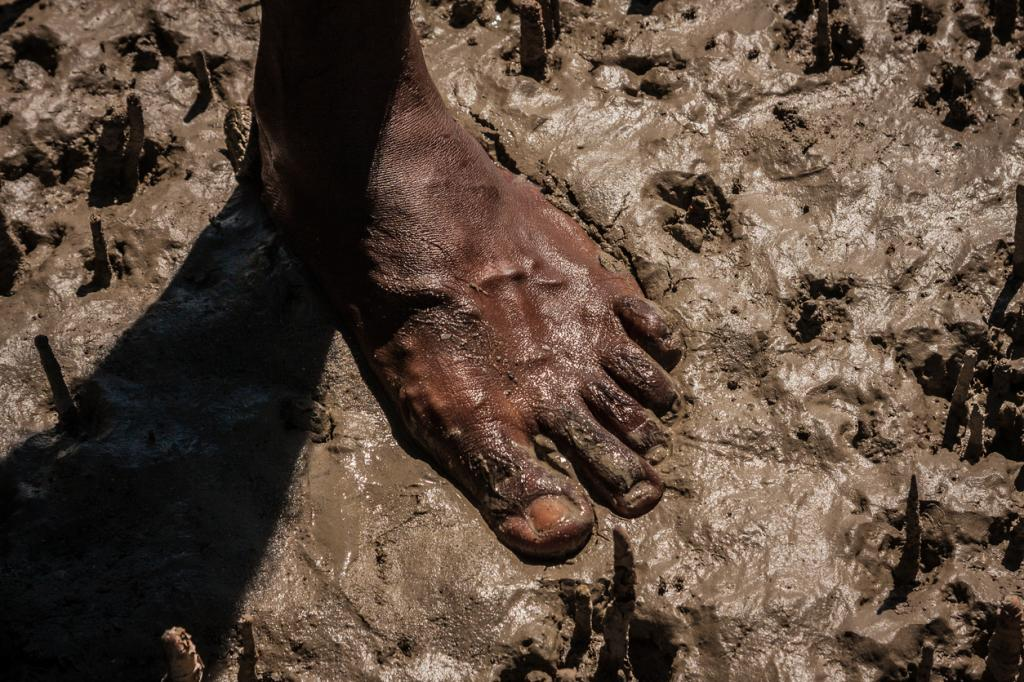





Disclaimer: Copyright infringement not intended.
Context:
Reporting and Action:
Challenges in Land Protection in Indigenous Territories (IT):
Significance of Indigenous Territories:
|
United Nations Permanent Forum on Indigenous Issues (UNPFII) The United Nations Permanent Forum on Indigenous Issues (UNPFII) is a body within the United Nations (UN) system focused on indigenous peoples' rights and issues. Here are some key points about UNPFII: ●Establishment: The UNPFII was established in 2000 by the UN Economic and Social Council (ECOSOC) resolution 2000/22. It was created as a platform for indigenous peoples to voice their concerns and contribute to UN processes. ●Mandate: The forum's mandate includes discussing indigenous issues related to economic and social development, culture, the environment, education, health, and human rights. It provides recommendations to UN agencies and member states on indigenous issues. ●Membership: The UNPFII consists of 16 independent experts, including eight nominated by governments and eight nominated by indigenous organizations. The experts are selected based on their knowledge and experience in indigenous issues. ●Sessions: The forum holds annual sessions at the UN Headquarters in New York, typically in April or May, lasting for about two weeks. During these sessions, participants engage in discussions, panels, and workshops on various indigenous topics. |
Conclusion:
Source
|
PRACTICE QUESTION Q) Critically analyze the challenges faced in the recognition and protection of Indigenous Territories (ITs) despite their significance in biodiversity conservation and cultural preservation. Discuss the implications of the slow pace of recognition of global biodiversity targets and propose measures to address these challenges effectively. ( 250 Words) |








© 2025 iasgyan. All right reserved